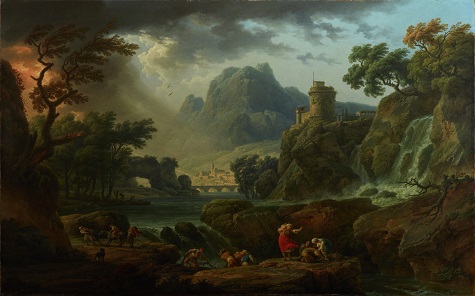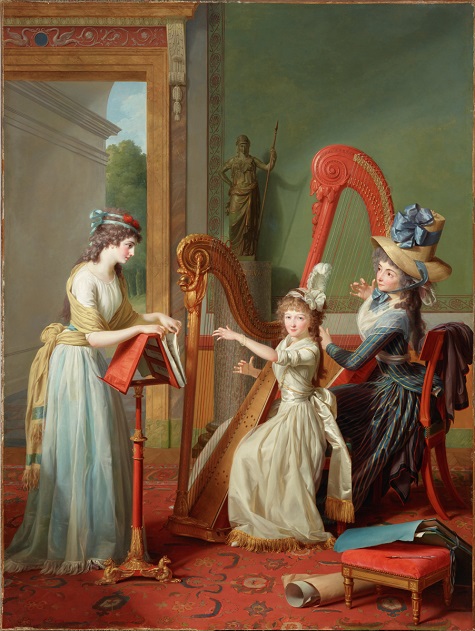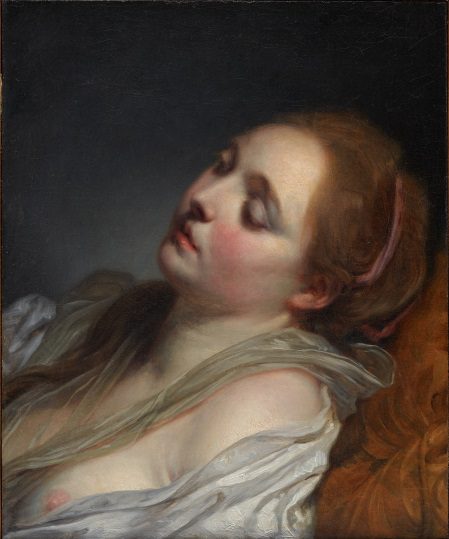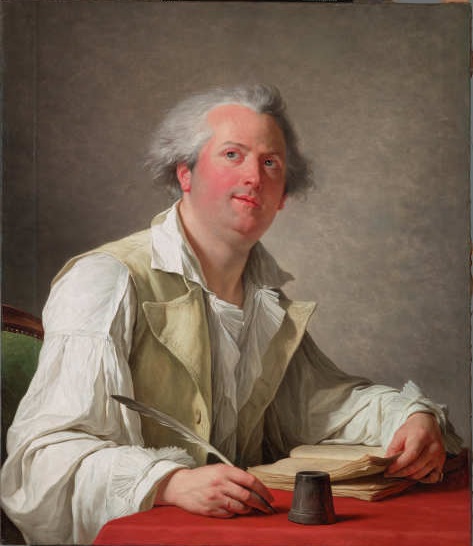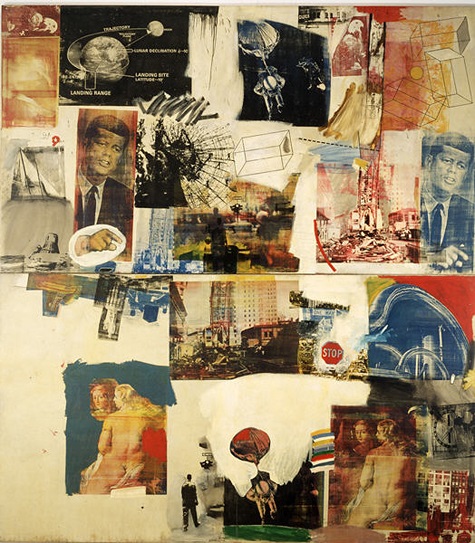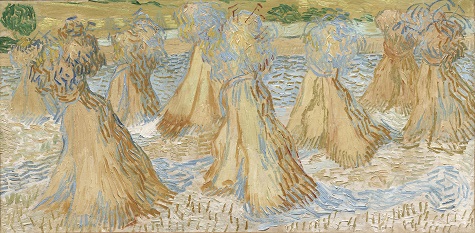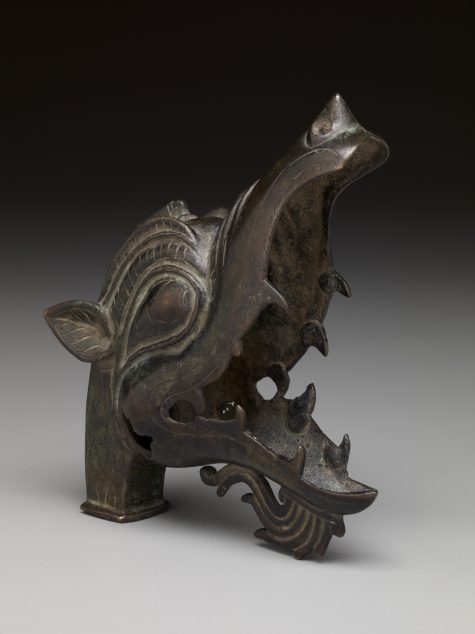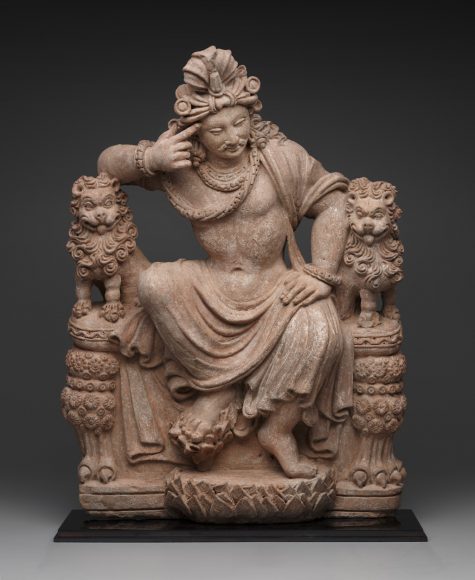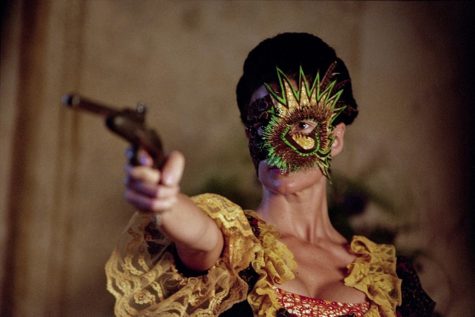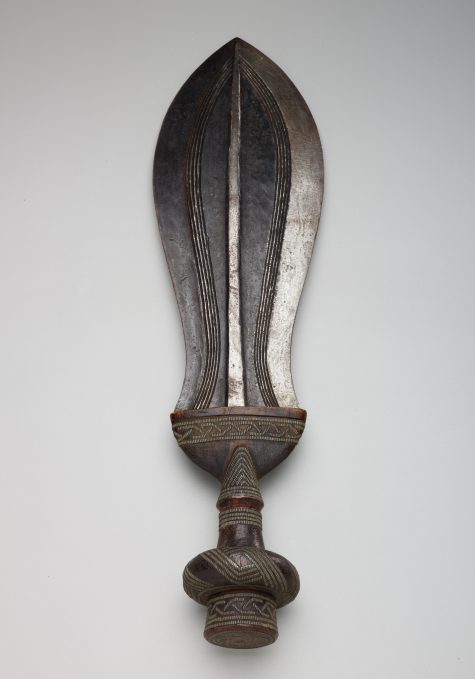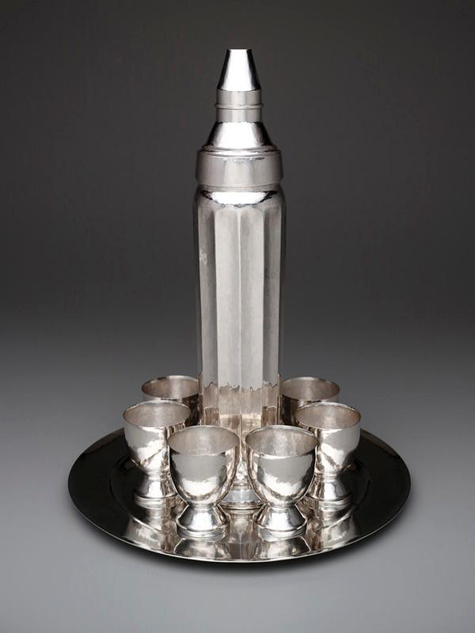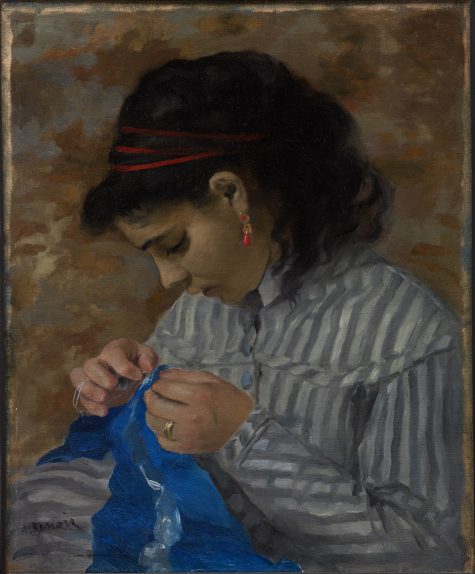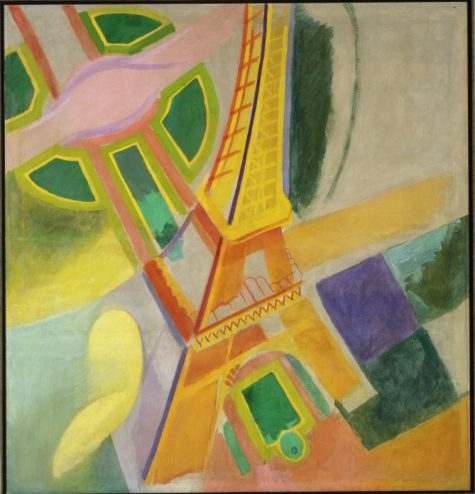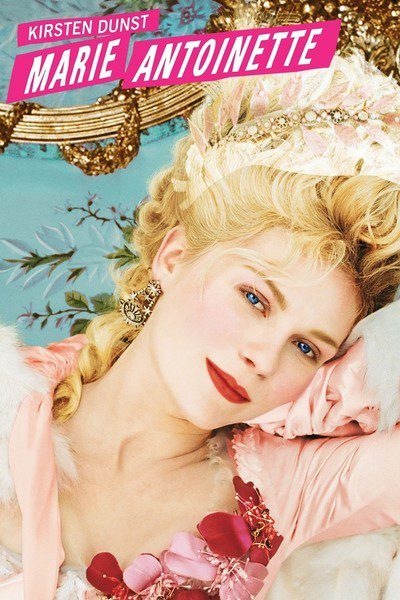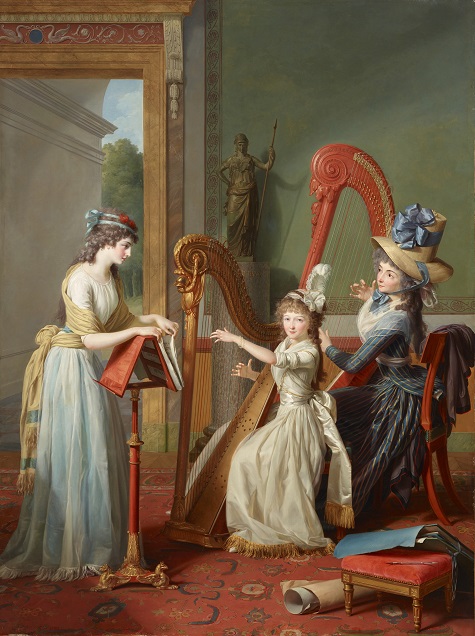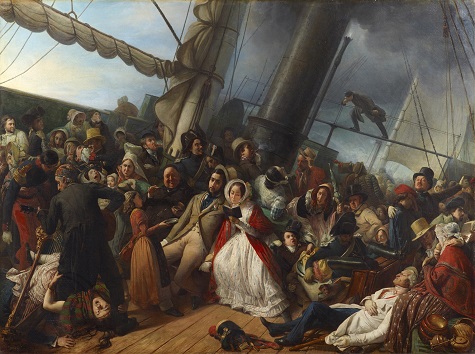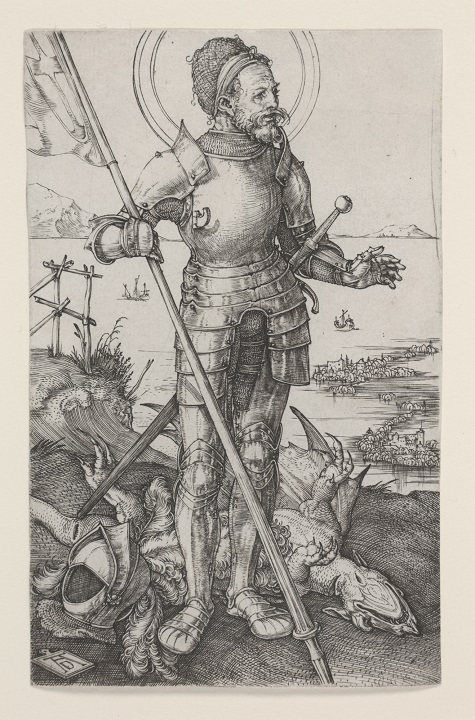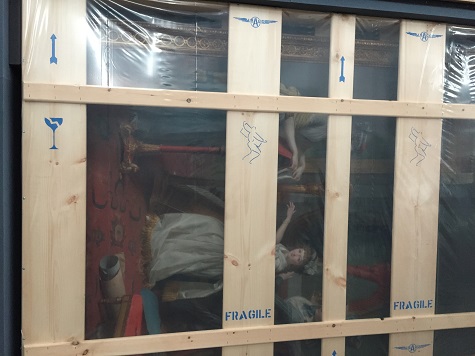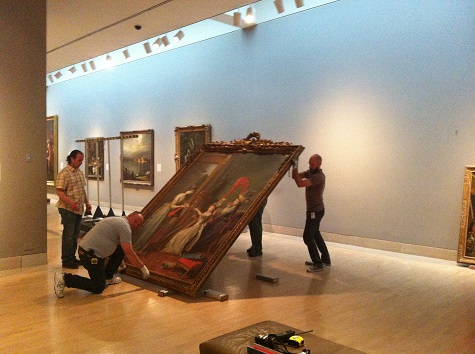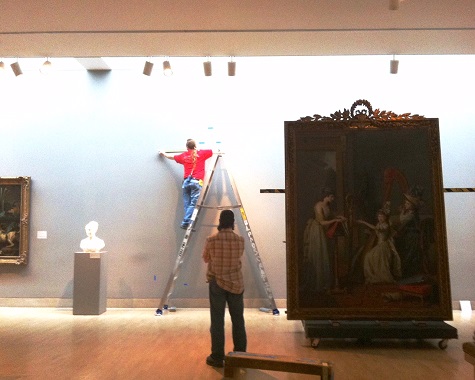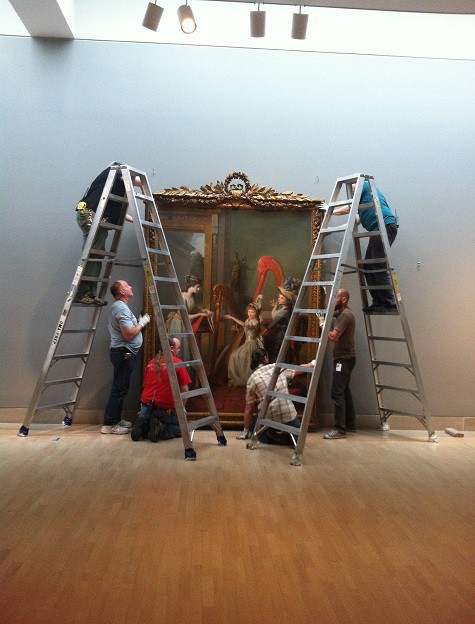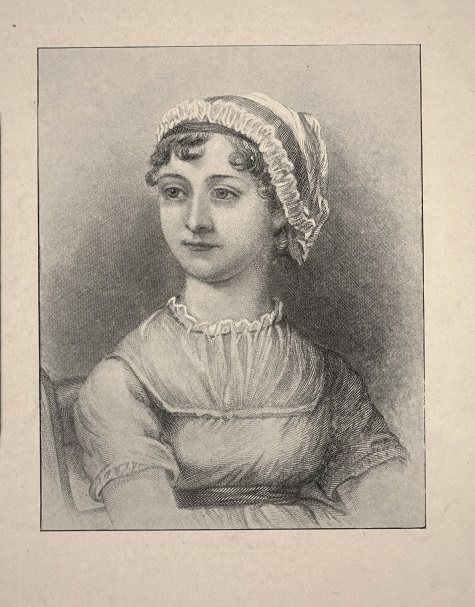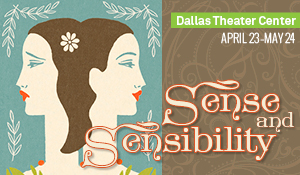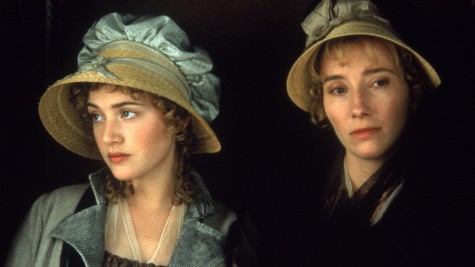Have you ever wondered what museum curators do to relax and unwind at the end of their day? For Olivier Meslay, the DMA’s Associate Director of Curatorial Affairs, one of his favorite things is to look through online versions of auction house and gallery catalogs. What seems like a bit of a “busman’s holiday” worked to our advantage a few months ago.
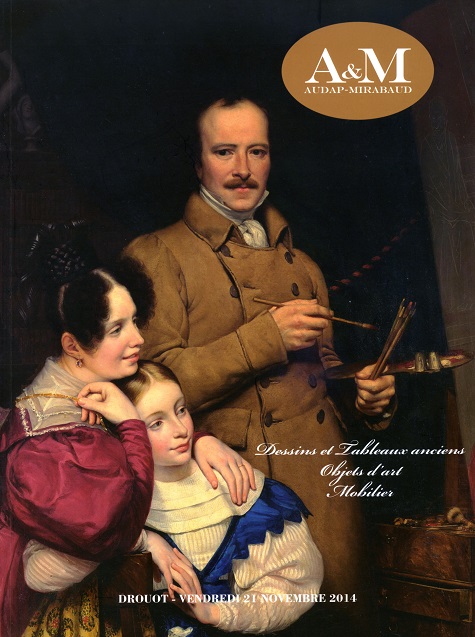
Cover of Audap & Mirabaud’s catalog for November 21, 2014, auction
It all started on a stormy night early last November when he clicked on the website for the Parisian auction house Audap & Mirabaud. On their homepage was the lovely self-portrait by Paul Claude-Michel Carpentier (1787-1877), a lesser-known French painter, sculptor, and engraver who had exhibited at the Salon between 1817 and 1838.
The painting that caught Olivier’s attention is signed and dated 1833, and Carpentier exhibited it at the Salon the following year. For some time, the DMA had been seeking to purchase a large-scale 19th-century Salon portrait, and this one fit the bill. It was to be auctioned in Paris on November 21, and, as it happened, Olivier would be in France on the day of the sale, but not in Paris. Luckily, he had plans to be in the glorious city a few days beforehand and found an occasion to examine the painting.
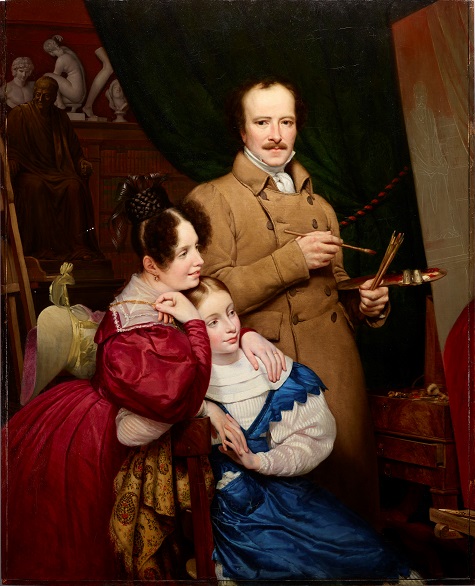
Paul Claude-Michel Carpentier, Self-portrait of the artist and his family in his studio, 1833, oil on canvas, Dallas Museum of Art, Foundation for the Arts Collection, Mrs. John B. O’Hara Fund, 2014.38.FA
It was as impressive as he had hoped, and so he registered to bid. The only remaining problem was that at the precise time of the sale he was to be at a conference in a city four hours away. About mid-morning on November 21, he discreetly slipped out of his meeting for a few minutes to bid by telephone on the artwork. To our great fortune, he was the high bidder. All of his maneuverings were worthwhile.
When he returned to Paris a few days later, to his great surprise, he learned from an agent with Audap & Mirabaud that a small, fully realized preliminary drawing of the portrait had become available. He bought it on the spot.
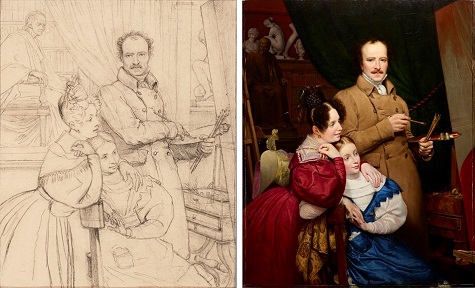
(left) Study for Self-portrait of the artist and his family in his studio, c. 1833, pencil on paper, Dallas Museum of Art, Foundation for the Arts Collection, gift of Olivier Meslay, 2015.20.FA; (right) Paul Claude-Michel Carpentier, Self-portrait of the artist and his family in his studio, 1833, oil on canvas, Dallas Museum of Art, Foundation for the Arts Collection, Mrs. John B. O’Hara Fund, 2014.38.FA
Having the opportunity to place a highly detailed drawing next to the executed painting is quite rare. It provides us with the chance to delve into the artist’s creative process and study any last-minute compositional changes made between the two works. In this case, we learn that in the completed painting, Carpentier rearranged the sculptures in the background, while in the foreground he added the yellow and red paisley shawl draped over the back of the chair on which his daughter,r wearing a blue dress, rests her arm.
Another exciting aspect of these purchases is that it presented us with an opportunity to learn about Carpentier’s life. One of the most immediate revelations happened shortly after the painting arrived at the DMA. Much to our surprise, we discovered a small slip of paper affixed to the back of the frame. On the very old sheet were handwritten details (in French, of course) about Carpentier; his wife, Adèle; and daughter Clémence.

Slip of paper affixed to upper rail of the back of the frame with details of the artist’s immediate family and descendants.
As our research about Carpentier progressed, we unearthed some very intriguing discoveries. While he was quite active in the Society des Beaux-Arts, advocating for various artistic mutual aid societies, he was also an accomplished theoretician and technician of encaustic painting. The ancient process of adding pigment to melted beeswax, which dates back to antiquity, fascinated Carpentier throughout his lifetime and culminated in his authoring a detailed treatise about the technique that artists still consult today.
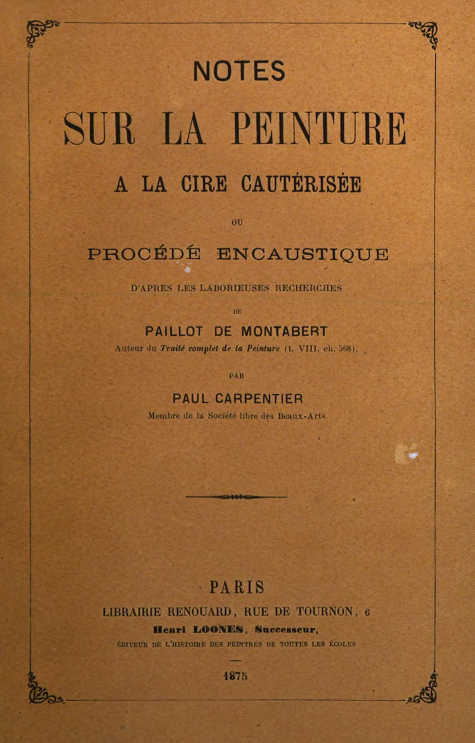
Cover of Notes sur la peinture: a la cire cautérisée procédé encaustique by Paul Carpentier
Most interestingly, we discovered that one of his closest friends was Louis-Jacques-Mandé Daguerre (1787-1851), the French artist and photographer recognized for inventing the eponymous process of photography. As a testament to their mutual admiration, Carpentier made a painting and bust of his good friend, but more importantly, in 1855 he wrote a monograph about Daguerre that to this day remains the single greatest firsthand contemporary account on the birth of photography.
Knowing more about Carpentier, and turning back to his self-portrait, we see that in it he brought together people and things that held an important place in his life. While we discovered valuable information about the painting and artist, we also learned that we all gain when our Associate Director of Curatorial Affairs relaxes at the end of a busy day by surfing the Web. Visit the newly conserved painting in the DMA’s Level 2 European Art Galleries, included in free general admission, today!
Martha MacLeod is the Assistant to the Associate Director of Curatorial Affairs and Curatorial Administrative Assistant for the European and American Art Department at the DMA.
